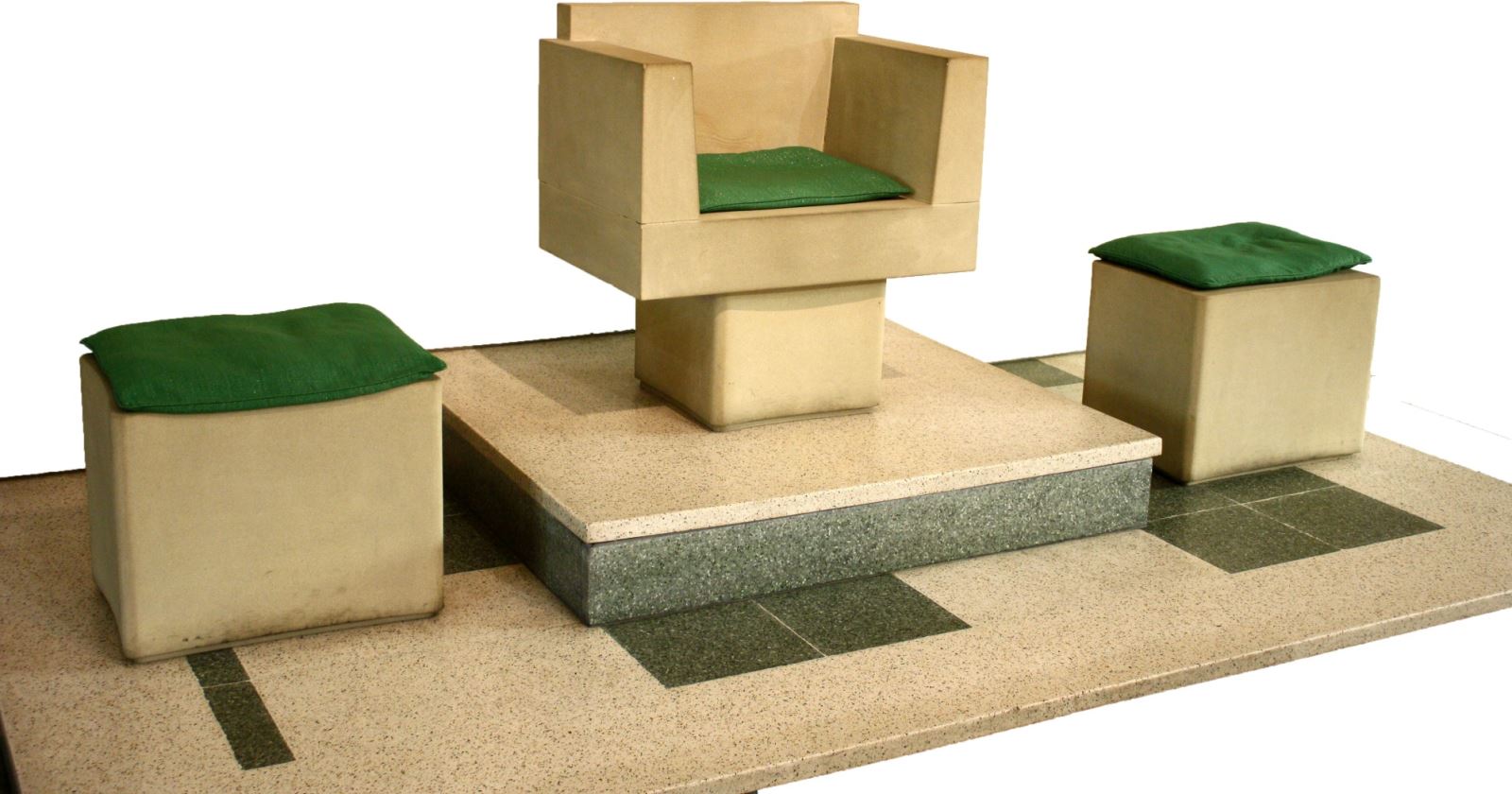 The purpose of the priest’s chair is to allow him to preside over and to lead and direct the people in prayer. It is there to confer dignity to Father Paul’s role as our leader in worship and should not resemble a throne. It should look different from seats used by other ministers helping on the sanctuary. For this reason the chair should never be used by a lay person even if they are leading an act of worship. The opening and closing rites of the Mass as well as much of the Liturgy of the Word are celebrated from the chair.
The purpose of the priest’s chair is to allow him to preside over and to lead and direct the people in prayer. It is there to confer dignity to Father Paul’s role as our leader in worship and should not resemble a throne. It should look different from seats used by other ministers helping on the sanctuary. For this reason the chair should never be used by a lay person even if they are leading an act of worship. The opening and closing rites of the Mass as well as much of the Liturgy of the Word are celebrated from the chair.
Its history goes back to the early church and possibly pre-dates the use of fixed altars and the chairs provided for bishops. In style they were meant to represent the role of the bishop as philosopher, teacher and judge. The principal celebrant at the Mass, if he is preaching, may still deliver the homily from the chair. The fixed position was arranged so that the bishop would best be able to preside and preach from there. Later, as ordained priests began representing the bishop and helping him with his pastoral duties outside the cathedral places of presiding for them. Over the centuries the role of the chair diminished until it became a place for the priest to ‘take a break’ while someone else did something. Again, following the Second Vatican Council, the role of the priest came back to one of presiding over the act or worship – the people in the pews again had a real and active role to play. With that the presidential chair was brought back onto the sanctuary.
The deacon’s seat should always be near that of the priest presiding at the Mass so that he can easily assist if needed. At any Mass where he is present a deacon always stands closest to the principal celebrant.